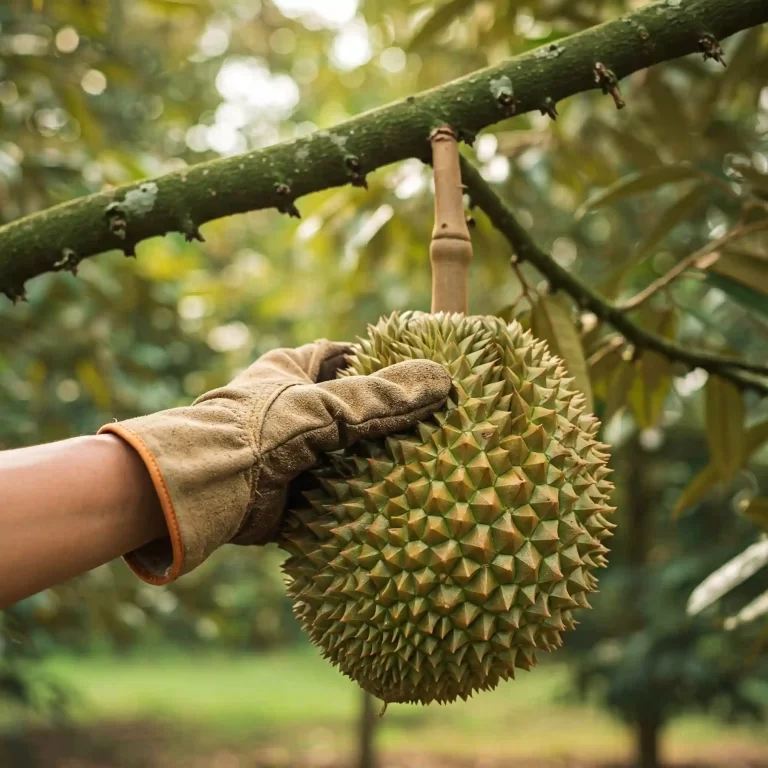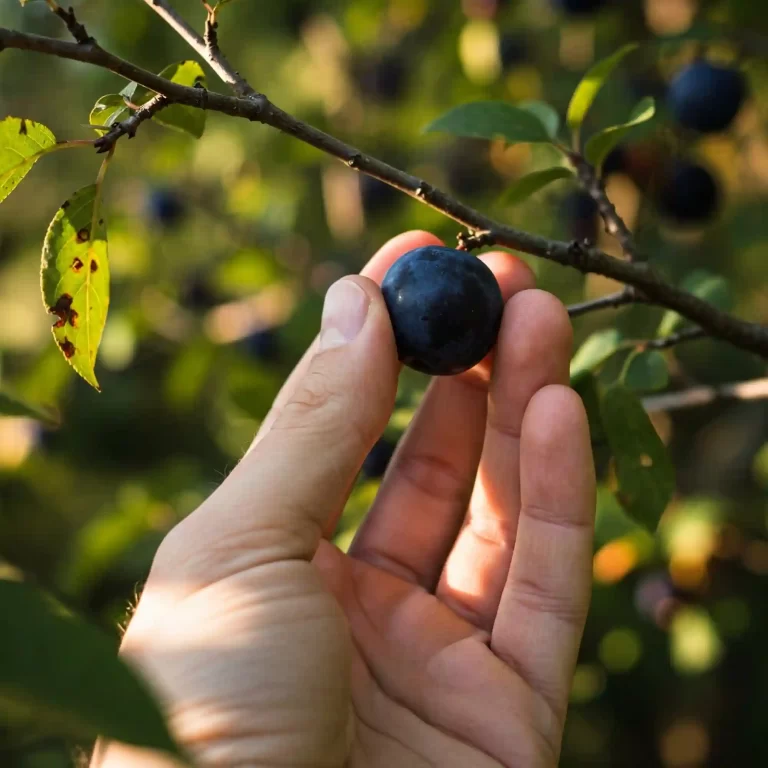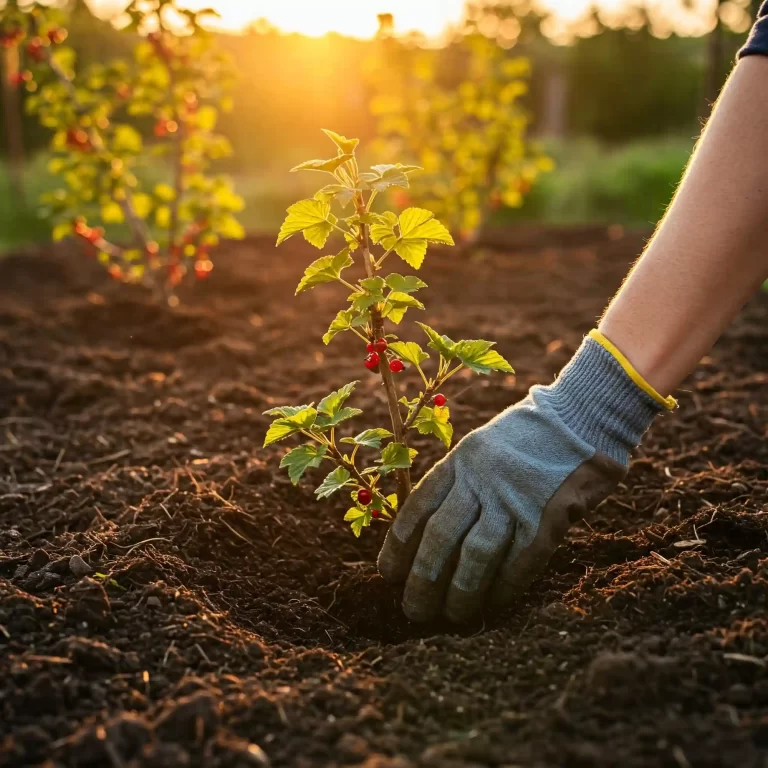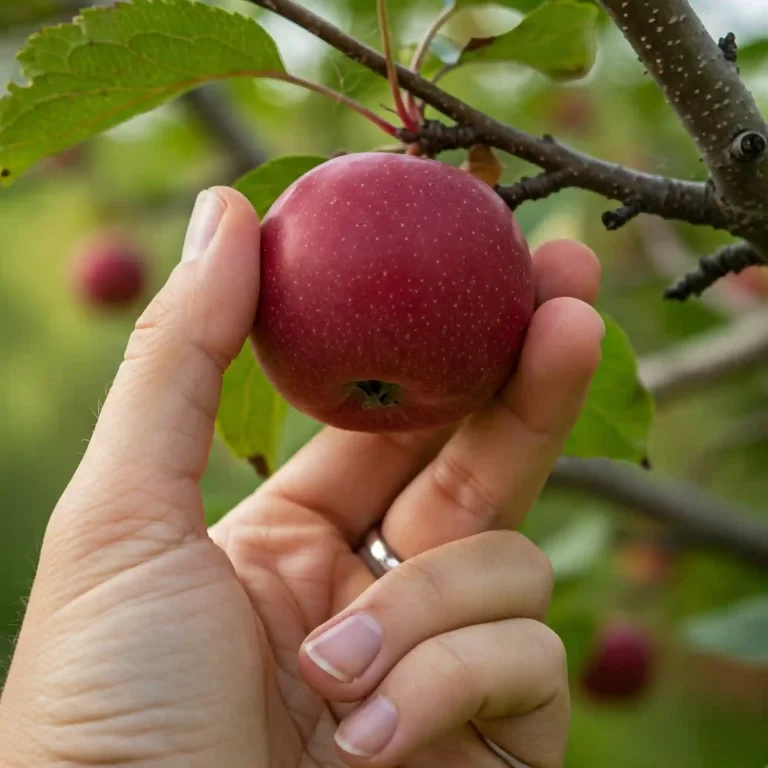Key Takeaways
| What you will learn | Why it is important |
| How to choose the right seeds and soil for growing rosemary | To ensure high germination rate and healthy growth |
| How to germinate rosemary seeds in seed trays or pots | To start your own rosemary plants from seeds |
| How to transplant rosemary plants to larger containers or garden beds | To give your rosemary plants more space and nutrients |
| How to harvest and store rosemary leaves for culinary or medicinal purposes | To enjoy the benefits and uses of rosemary |
Rosemary is a wonderful herb that can add flavor and aroma to your dishes, as well as provide health benefits and beauty uses. But did you know that you can grow your own rosemary plants from seeds? It’s not as hard as you might think, and it can be very rewarding to watch your seeds sprout and grow into beautiful rosemary plants. In this article, we will show you how to grow rosemary from seeds step by step, from choosing the right seeds and soil, to germinating, transplanting, and harvesting your rosemary. Whether you want to grow rosemary indoors or outdoors, we have you covered with our complete guide for beginners.
Growing rosemary from seeds is easy and rewarding if you follow these simple steps.
Choosing the right seeds and soil for growing rosemary
The first step to growing rosemary from seeds is to choose the right seeds and soil for your plants. This will ensure a high germination rate and a healthy growth of your rosemary plants.
Choosing the right seeds
To grow rosemary from seeds, you need to buy high-quality rosemary seeds from a reputable source. You can find them online or at your local nursery or garden center. Avoid buying cheap or old seeds, as they may not germinate well or produce weak plants.
There are different varieties and types of rosemary that you can choose from, depending on your preference and climate. Some of the most popular ones are:
- Arp: a cold-hardy variety that can survive temperatures as low as -10°C (14°F). It has a lemony scent and flavor.
- Blue Boy: a dwarf variety that grows only 30 cm (12 inches) tall. It is ideal for containers and small spaces. It has a mild flavor and blue flowers.
- Tuscan Blue: a tall variety that grows up to 2 m (6 feet) high. It has a strong flavor and dark blue flowers. It is great for hedges and borders.
- Barbecue: a fast-growing variety that has long and thick stems that can be used as skewers for grilling. It has a spicy flavor and pink flowers.
Choosing the right soil
Rosemary is a Mediterranean herb that prefers well-drained, sandy, and slightly alkaline soil. You can prepare your own potting mix by mixing equal parts of garden soil, peat moss, perlite, and vermiculite. You can also add some lime or wood ash to raise the pH level of the soil.
If you are growing rosemary in containers, make sure to choose pots that have drainage holes at the bottom. You can also place some gravel or broken pottery at the bottom of the pots to improve drainage.
If you are growing rosemary in the ground, make sure to choose a spot that gets at least 6 hours of full sun per day. You can also amend the soil with some organic matter, such as compost or manure, to improve its fertility.
Germinating rosemary seeds
The next step to growing rosemary from seeds is to germinate your seeds in seed trays or pots. This is the process of sprouting and developing roots and shoots from your seeds. It is essential for growing healthy rosemary plants.
Sowing rosemary seeds
To germinate your rosemary seeds, you need to sow them in seed trays or pots filled with your potting mix. You can use any shallow containers that have drainage holes, such as plastic or paper cups, egg cartons, or yogurt containers.
To sow your seeds, follow these steps:
- Moisten your potting mix with water until it is damp but not soggy.
- Fill your seed trays or pots with the potting mix and level the surface.
- Sprinkle your rosemary seeds evenly over the surface of the potting mix. You can use a pinch of seeds per cell or pot, as not all of them will germinate.
- Cover your seeds lightly with a thin layer of potting mix, about 3 mm (1/8 inch) thick.
- Label your seed trays or pots with the date and variety of rosemary.
- Place your seed trays or pots in a warm and bright spot, such as a windowsill, a greenhouse, or under a grow light. The ideal temperature for germination is between 18°C and 24°C (65°F and 75°F).
Creating a humidity tent
To maintain moisture and warmth for germination, you need to create a humidity tent for your seed trays or pots. This is a plastic cover that creates a moist environment for your seeds.
To create a humidity tent, follow these steps:
- Cut a piece of clear plastic wrap or bag that is large enough to cover your seed trays or pots loosely.
- Poke some small holes in the plastic to allow some air circulation.
- Place the plastic over your seed trays or pots and secure it with some rubber bands or tape.
- Check your seed trays or pots daily and mist them lightly with water if they look dry.
Caring for rosemary seedlings
To care for your rosemary seedlings, you need to provide them with adequate watering, lighting, and temperature. Here are some tips on how to do that:
- Watering: Keep your potting mix moist but not wet. Water your seedlings gently from below by placing your seed trays or pots in a tray of water for a few minutes. Avoid watering from above, as it can cause damping off, a fungal disease that kills seedlings.
- Lighting: Provide your seedlings with at least 6 hours of bright light per day. You can use natural sunlight or artificial light sources, such as fluorescent tubes or LED bulbs. Keep your seedlings about 15 cm (6 inches) away from the light source to prevent burning or stretching.
- Temperature: Maintain a consistent temperature of around 20°C (68°F) for your seedlings. Avoid exposing them to extreme heat or cold, as it can stress them out and affect their growth.
Checking for germination
Rosemary seeds can take anywhere from 2 to 6 weeks to germinate, depending on the variety and the conditions. To check for germination, look for tiny green sprouts emerging from the potting mix.
Once you see some germination, you can remove the plastic cover from your seed trays or pots. This will allow more air circulation and prevent mold growth.
You can also thin out your seedlings by removing the weakest ones and leaving only one healthy seedling per cell or pot. This will give more space and nutrients to the remaining seedlings.
Transplanting rosemary plants
The final step to growing rosemary from seeds is to transplant your plants to larger containers or garden beds. This will give your plants more room to grow and thrive.
Transplanting rosemary plants to larger containers
If you want to grow rosemary in containers, you need to transplant your plants to larger pots when they have at least 4 true leaves. True leaves are the ones that look like rosemary leaves, not the first pair of round leaves that are called cotyledons.
To transplant your plants to larger pots, follow these steps:
- Choose pots that are at least 15 cm (6 inches) in diameter and have drainage holes at the bottom. You can use clay, ceramic, metal, or plastic pots, as long as they are sturdy and stable.
- Fill your pots with fresh potting mix and make a hole in the center of each pot.
- Carefully remove your plants from their original containers by gently squeezing the sides and turning them upside down. Do not pull on the stems or damage the roots.
- Place one plant in each pot and fill the hole with potting mix. Press lightly around the base of the plant to firm the soil.
- Water your plants well and place them in a sunny spot.
Transplanting rosemary plants to garden beds
If you want to grow rosemary in the ground, you need to transplant your plants to garden beds when they have at least 4 true leaves and the weather is warm and frost-free. You can also wait until the next spring if you started your seeds late in the season.
To transplant your plants to garden beds, follow these steps:
- Choose a spot that gets at least 6 hours of full sun per day and has well-drained, sandy, and slightly alkaline soil. You can also amend the soil with some organic matter, such as compost or manure, to improve its fertility.
- Dig holes that are twice as wide and deep as the root balls of your plants. Space them about 60 cm (24 inches) apart in rows or groups.
- Carefully remove your plants from their original containers by gently squeezing the sides and turning them upside down. Do not pull on the stems or damage the roots.
- Place one plant in each hole and fill the hole with soil. Press lightly around the base of the plant to firm the soil.
- Water your plants well and mulch them with some straw, bark, or gravel to conserve moisture and prevent weeds.
Hardening off your rosemary plants
Before planting your rosemary plants outside, you need to harden them off. This is the process of gradually exposing them to outdoor conditions to acclimate them and prevent shock.
To harden off your rosemary plants, follow these steps:
- Start hardening off your plants about a week before transplanting them outside.
- Place your plants in a sheltered spot outside, such as a porch, a patio, or under a tree, for a few hours per day. Avoid direct sun, wind, rain, or frost.
- Increase the exposure time and intensity gradually over the course of a week, until your plants can stay outside all day and night.
- Monitor your plants for signs of stress, such as wilting, yellowing, or curling of leaves. If you notice any, bring them back indoors and reduce the exposure time or intensity.
Harvesting and storing rosemary leaves
The last step to growing rosemary from seeds is to harvest and store your rosemary leaves for culinary or medicinal purposes. This will allow you to enjoy the benefits and uses of rosemary all year round.
Harvesting rosemary leaves
You can harvest rosemary leaves anytime during the growing season, but the best time is in the morning, before the sun gets too hot. You can also harvest rosemary flowers, which are edible and have a milder flavor than the leaves.
To harvest your rosemary leaves, follow these steps:
- Choose healthy and mature stems that have at least 4 true leaves. Avoid harvesting more than a third of the plant at a time, as it can weaken it and reduce its growth.
- Cut the stems with a sharp knife or scissors, about 10 cm (4 inches) from the tip. Make sure to leave some leaves on the lower part of the stem to encourage new growth.
- Remove any dead or damaged leaves from the stems and rinse them with water to remove any dirt or insects.
- Use your rosemary leaves fresh or dry them for later use.
Storing rosemary leaves
You can store your rosemary leaves in different ways, depending on how you want to use them. Here are some methods of storing rosemary leaves:
- Drying: This is the easiest and most common way of storing rosemary leaves. To dry your rosemary leaves, follow these steps:
- Tie your rosemary stems into small bundles with some twine or rubber bands.
- Hang your bundles upside down in a warm, dry, and dark place, such as a closet, a pantry, or an attic. Avoid direct sunlight, as it can fade the color and flavor of your rosemary.
- Let your bundles dry for about 2 to 4 weeks, until the leaves are crisp and brittle.
- Strip the leaves from the stems and store them in an airtight container, such as a glass jar or a plastic bag. Label and date your container and keep it in a cool and dark place.
- Use your dried rosemary leaves within a year for best flavor and quality.
- Freezing: This is another easy way of storing rosemary leaves that preserves their color and flavor better than drying. To freeze your rosemary leaves, follow these steps:
- Wash and dry your rosemary stems and remove the leaves from the stems.
- Spread your rosemary leaves in a single layer on a baking sheet or a plate and place them in the freezer for about an hour, until they are frozen solid.
- Transfer your frozen rosemary leaves to a freezer-safe container, such as a ziplock bag or a plastic box. Label and date your container and keep it in the freezer.
- Use your frozen rosemary leaves within 6 months for best flavor and quality.
- Making oil or vinegar: This is a more creative way of storing rosemary leaves that adds flavor and aroma to your cooking. To make oil or vinegar with your rosemary leaves, follow these steps:
- Wash and dry your rosemary stems and remove the leaves from the stems.
- Fill a clean glass bottle or jar with your rosemary leaves, leaving some space at the top.
- Pour some olive oil or apple cider vinegar over your rosemary leaves, making sure to cover them completely. You can also add some garlic cloves, peppercorns, or lemon zest for extra flavor.
- Seal your bottle or jar tightly and store it in a cool and dark place for about 2 to 4 weeks, shaking it occasionally to infuse the flavor.
- Strain your oil or vinegar into another clean bottle or jar and discard the rosemary leaves. Label and date your bottle or jar and keep it in the refrigerator.
- Use your oil or vinegar within 3 months for best flavor and quality.
Conclusion
Growing rosemary from seeds is easy and rewarding if you follow these simple steps. You can choose from different varieties and types of rosemary, germinate your seeds in seed trays or pots, transplant your plants to larger containers or garden beds, and harvest and store your rosemary leaves for culinary or medicinal purposes.
Rosemary is a wonderful herb that can add flavor and aroma to your dishes, as well as provide health benefits and beauty uses. By growing your own rosemary plants from seeds, you can enjoy fresh and organic rosemary all year round.
We hope you found this article helpful and informative. If you have any questions or comments, please feel free to leave them below. We would love to hear from you.
If you liked this article, please share it with your friends and family who might be interested in growing their own rosemary plants from seeds.
And if you want to learn more about gardening, please visit our website for more tips and tricks on how to grow various herbs, vegetables, fruits, and flowers.
Thank you for reading and happy gardening!



